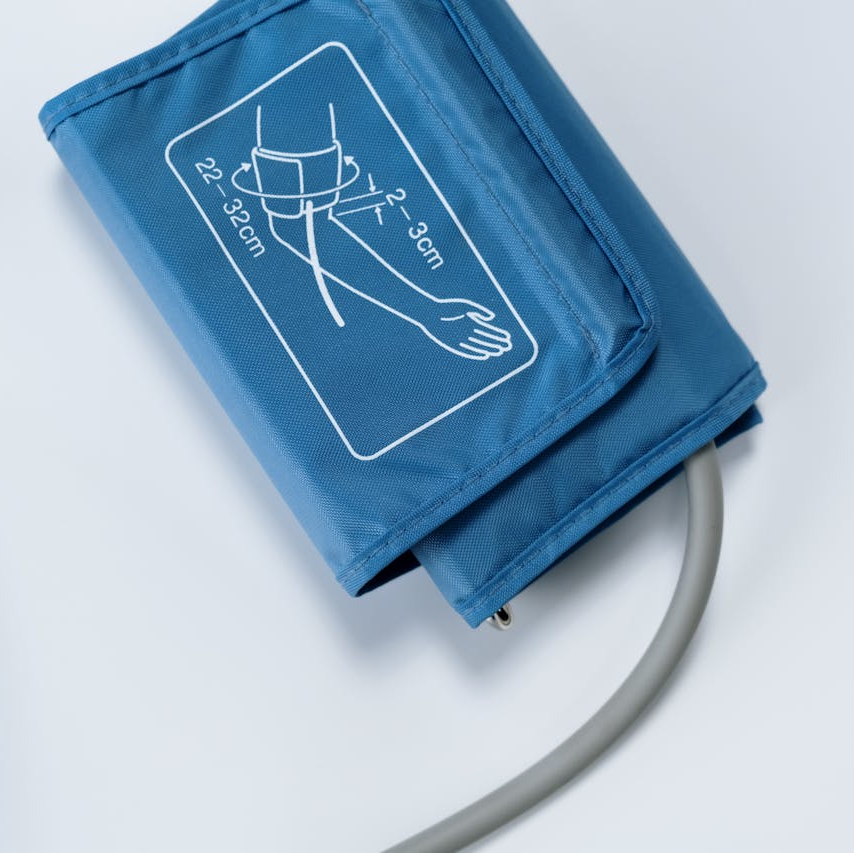Key Takeaways
-
You are not required to switch Medicare plans each year, but reviewing your current coverage annually can help you avoid unexpected costs and benefit losses.
-
Open Enrollment from October 15 to December 7 is your once-a-year opportunity to confirm that your plan still meets your medical and financial needs for the year ahead.
Annual Review Isn’t Just a Recommendation—It’s a Smart Strategy
Each fall, Medicare’s Open Enrollment period runs from October 15 to December 7, giving you a limited window to make changes to your coverage. While you don’t have to switch plans, reviewing your current plan is essential. Medicare plans often change from year to year—sometimes in subtle ways that are easy to miss until it’s too late.
What worked well for you in 2024 may not be the best fit for 2025. Deductibles can increase, drug formularies can shift, provider networks can shrink, and benefits you rely on might disappear. This is why a simple annual review could help you avoid higher costs, coverage gaps, or denied claims.
Even If You’re Happy With Your Plan, It May Have Changed
Just because your Medicare Advantage or Part D prescription drug plan worked for you last year doesn’t mean it hasn’t changed. In fact, most plans make at least minor adjustments every year.
Common changes include:
-
Monthly premiums (though exact figures are not mentioned here)
-
Annual deductibles for prescription drugs and services
-
Copayment or coinsurance amounts
-
Formulary (drug list) changes—some medications might be dropped or moved to a higher tier
-
Provider network updates—your doctor may no longer be in-network
-
Supplemental benefit adjustments, such as dental, vision, or hearing
You’ll receive an Annual Notice of Change (ANOC) from your plan by September 30, detailing all upcoming changes. This document should be your starting point.
Medicare Advantage Plans: Renew Automatically, But Review Carefully
If you’re enrolled in a Medicare Advantage plan, your coverage automatically renews every year unless you make a change. However, these plans are not static. Carriers frequently revise their:
-
Service area coverage
-
Specialist and hospital network affiliations
-
Cost-sharing structures
-
Access to supplemental benefits
Failing to compare this year’s plan changes with your expected medical needs could result in increased costs or reduced access to care. For instance, if a specialist you need is no longer in-network, you might have to pay significantly more or find another doctor.
Prescription Coverage: Formularies Are Not Fixed
For those enrolled in a Medicare Part D plan, the formulary—or list of covered medications—can change each year. Medications can be:
-
Removed entirely
-
Moved to a different tier (affecting your copay)
-
Added with new restrictions (like prior authorization or step therapy)
Failing to check the 2025 formulary could mean your medication will cost more or may not be covered at all. This is especially important if you take multiple prescriptions or rely on specialty drugs.
A plan that worked well for your prescriptions in 2024 might fall short in 2025. The Part D maximum deductible in 2025 is $590, so keep that in mind while reviewing.
What Happens If You Don’t Review Your Plan?
If you make no changes during Open Enrollment, your current plan will automatically renew. But that doesn’t mean you’re protected from:
-
Rising out-of-pocket costs
-
Loss of access to preferred doctors or specialists
-
Denied prescriptions due to formulary changes
-
Reduced coverage for services you previously used
You could be locked into a plan that no longer fits your needs until the next Open Enrollment period—an entire year away.
Open Enrollment Timeline for 2025
Here’s what you need to know about this year’s enrollment cycle:
-
October 15 to December 7: Annual Open Enrollment period. You can switch between Original Medicare and Medicare Advantage, change Medicare Advantage plans, or modify Part D coverage.
-
January 1, 2025: Coverage for any changes made during Open Enrollment begins.
-
January 1 to March 31, 2025: If you enrolled in a Medicare Advantage plan as of January 1, you can make a one-time switch to another Medicare Advantage plan or return to Original Medicare.
What to Look For During Your Review
As you assess your Medicare plan options, focus on these factors:
-
Your current health conditions and expected services for the year
-
Provider access, including hospitals, specialists, and primary care physicians
-
Prescription drug coverage and current formulary status
-
Total costs, including premiums, deductibles, copays, and coinsurance
-
Extra benefits, such as transportation, over-the-counter allowances, or fitness programs
Use Medicare’s Plan Finder tool to compare updated benefits and costs for 2025. This can help you evaluate whether your current plan is still competitive and appropriate for your healthcare needs.
Medicare Part B Costs in 2025: Still a Factor
If you’re enrolled in Medicare Part B, your monthly premium in 2025 is $185, with an annual deductible of $257. These costs apply whether you stay with Original Medicare or choose a Medicare Advantage plan that includes Part B coverage.
Understanding how your plan coordinates with Part B—particularly for outpatient care—is essential when comparing total potential costs for the year.
Special Needs or Circumstances? Consider These Plan Types
Some people qualify for Special Needs Plans (SNPs), which are Medicare Advantage plans tailored for individuals with:
-
Chronic conditions
-
Dual eligibility (Medicare and Medicaid)
-
Institutional needs (e.g., long-term care)
If your circumstances changed in 2025, or if you qualified but never enrolled, Open Enrollment may be your opportunity to explore these specialized options. They can offer focused care coordination, broader medication coverage, and condition-specific benefits.
Have You Moved or Changed Your Doctors?
A move—whether across town or across state lines—can affect your eligibility for your current plan. Medicare Advantage and Part D plans are regional, and coverage options vary by ZIP code.
If you’ve moved since last year or are planning a relocation soon, it’s even more important to review your coverage. Likewise, if your primary doctor has retired or left the network, your plan may no longer meet your needs.
Don’t Assume You’re Covered—Check Annually
A common misconception is that automatic renewal means ongoing suitability. But Medicare isn’t a “set it and forget it” program. It’s designed to offer flexibility and personalization—if you take advantage of those features.
The reality is: Your needs evolve. And so do Medicare plans.
Reviewing your plan annually ensures you’re aligned with:
-
The benefits you need
-
The providers you prefer
-
The prescriptions you take
-
The financial protection you want
This Fall Could Be the Right Time to Rethink Your Plan
You don’t have to make a switch during Open Enrollment. But you do need to double-check what you’re currently enrolled in. Even a minor change—like a prescription tier adjustment or a change in your preferred provider’s status—can lead to higher costs or limited access.
Take this opportunity to ensure your plan still fits your lifestyle and health needs. If not, now is the time to explore your options.
If you need help understanding your plan documents or comparing options, get in touch with a licensed agent listed on this website for personalized support.









